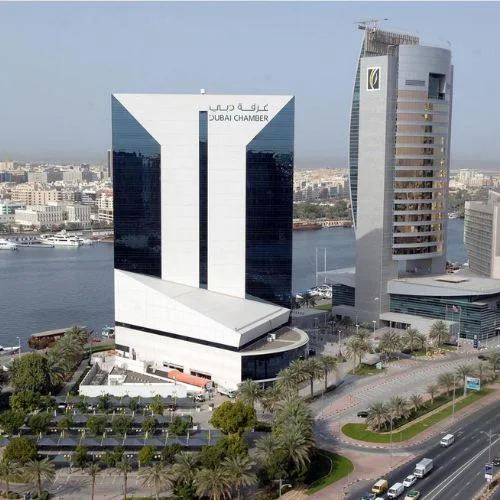On November 24, when the national capital’s air quality deteriorated once again, Delhi Environment Minister Gopal Rai gave the relevant authorities and ministries stringent instructions to enforce restrictions on cars that emit pollution and monitor the rising number of biomass-burning occurrences.
According to recent research, between 25 and 30 percent of air pollution in the city is caused by vehicle emissions. While the amount of stubble burning has decreased, Rai said to reporters here that 21% of the air pollution in Delhi is caused by biomass burning in various areas in the National Capital Region.
Earlier in the day, Rai presided over a conference to assess the state of air pollution that included top representatives from many agencies. He stated that under stage III of the Center’s air pollution management strategy, known as the Graded Response Action strategy, the transport department and the Delhi Traffic Police have been directed to closely monitor the execution of limitations on BS III gasoline and BS-IV diesel cars.
The Municipal Corporation of Delhi and the revenue department have been instructed to check the incidents of biomass burning. “Such cases are only going to increase as temperatures dip in the coming days,” Rai said.
According to the minister, there will be dangerous air pollution levels for two days, after which there should be a little respite because of predicted favorable weather. Due to the buildup of pollutants caused by a drop in temperature and a sluggish wind speed at night, Delhi’s air quality deteriorated once again on Friday.
At eight in the morning, the city’s Air Quality Index (AQI) was 401. The AQI numbers in Delhi have been gradually rising after a little improvement on Sunday. The 24-hour average AQI was 390 on Thursday, 394 on Wednesday, 365 on Tuesday, 348 on Monday, and 301 on Sunday. It was measured at 4 p.m. every day.
Delhi is among the world’s most polluted cities. Pollutants from these sources are confined in the winter by calm breezes and low temperatures. Together, the contaminants create a poisonous mixture that remains in the lower atmosphere.
The main causes of Delhi’s air pollution include a variety of sources, including road dust, power plant industry waste, transport emissions, and rubbish waste. As a consequence, in November 2023, PM 2.5 levels exceeded 400, which had a substantial effect on the Air Quality Index.















